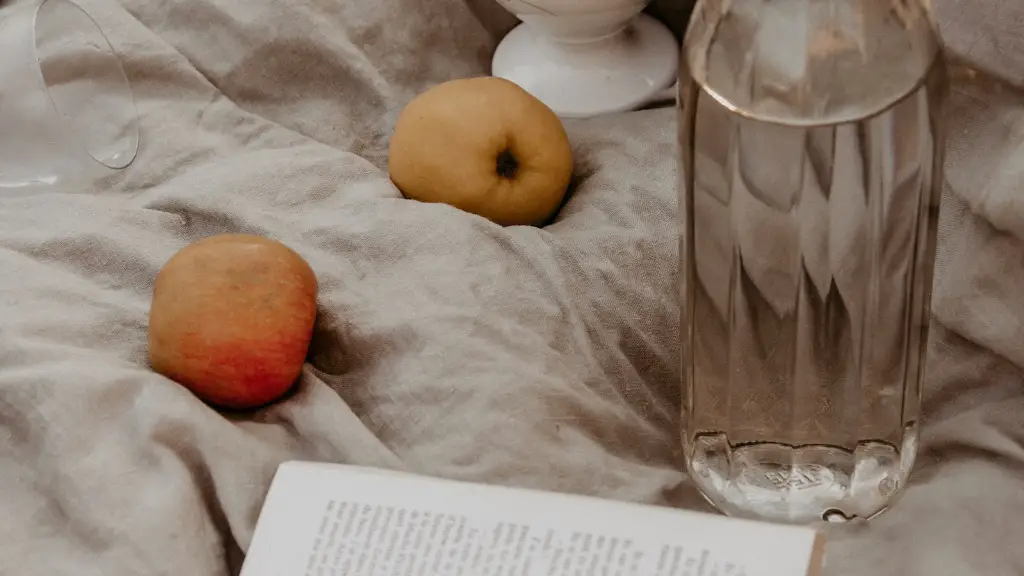Introduction
Poetry is a powerful tool for teaching English language arts in the third grade classroom. Engaging young minds in the complexities of poetry can be a challenge, but with the right approach, it can open up a host of opportunities for meaningful learning. Through this article, we will explore different techniques for teaching poetry to third graders and discuss ways to make the process engaging and accessible for all learners.
What is Poetry?
It is important to begin by helping students understand what poetry is and what it can offer them. Introducing students to different poetry forms and providing them with examples can help them to better appreciate the art of poetry. Examples can include haikus, limericks, sonnets and free verse. Additionally, teachers can provide students with a brief overview of the different craft of poetry such as structure, imagery, and symbolism.
Creating an Engaging Environment
Creating an engaging and inviting environment is essential to teaching poetry. This could include setting up a ‘poetry corner’ with cushions, posters, books and other materials related to poetry. Allowing students access to books with different types of poetry and allowing them to explore their interests can help them to become more engaged with the subject. It is also important for teachers to create an environment that is uncritical and allows students to experiment with different forms of poetry.
Writing as a Tool for Learning
Writing is a great way for elementary students to explore poetry. Providing them with structured activities such as writing haikus with a specific theme or list of words can help them to explore their creativity, whilst also teaching them important vocab words. Additionally, teachers can use reciting poems to practice their speaking and help them to understand how to use rhythm and diction to convey emotion.
Integrating Technology
Many third graders are now technologically savvy and therefore, teachers can use technology to help students form connections with poetry. For instance, they could use iPads to create digital poetry books and allow students to take photos of their work and share them with the class. Additionally, websites such as Poetry.org and Poetry Out Loud can help students to explore different types of poetry and help them to better understand the language and its complexities.
Using Play and Performance
Using play and theatre can be a great way of teaching poetry. For example, teachers could move past the writing aspect and provide their students with an interactive environment. This could include storytelling, games and drama activities to help the students bring the poem to life. Additionally, they could invite guest speakers or take students on field trips to other venues to learn about poetry, such as the local library or theatre.
Rewards and Celebrations
Positive reinforcement is an important factor in helping to motivate third graders when learning poetry. Celebrating successes with rewards, such as badges or certificates, can help students to understand that their efforts are valued and appreciated. Additionally, teachers can set up ‘poetry slams’, in which students can recite their own poetry or that of other famous poets and gain recognition from their peers.
Expanding Vocabulary
One of the key benefits of teaching poetry to third graders is the increase in their vocabulary. Exposing them to poems that are rich in language can help them to learn new words and understand the meaning of context. Additionally, after reading a poem, teachers could challenge their students to define words they do not know and use them in other contexts.
Using Art to Explore Poetry
Making poetry come alive through art and visual aids can also be an effective way of teaching poetry to third graders. For instance, students could be asked to draw pictures of words or phrases they find in the poems or create their own poems and illustrations. This could be done individually or in groups and the end result could be a portfolio or mural of the students’ works of art.
Connecting to Other Subjects
Finally, it is important to remember that poetry does not exist in isolation and can be used to teach other subjects. For example, it can be used as a tool to teach science, as poems can help to explore topics such as the environment, animals, and plants. Furthermore, teachers can use poetry as a vehicle for introducing their students to other cultures, with poems from different countries and regions.
Grouping Strategies
Grouping strategies are an important factor when teaching poetry to third graders. Teachers should make sure to incorporate different groups and sizes in order to ensure that all students are given an opportunity to actively participate in the learning process. Group pairs, trios and quartets are a great way to create an interactive and dynamic atmosphere in the classroom, whilst also providing students with the help they may need to expand their understanding of the poem.
Integrating Poetry into Daily Learning
Integrating poetry into the existing curriculum can help to make the learning process more meaningful and fun. For instance, teachers can use poetry to introduce new topics in math, social studies, or science and challenge their students to write poems about these topics. This can not only deepen their understanding of the material but also provide them with an opportunity to express themselves creatively.
Assessment
Assessment is another important factor of teaching poetry to third graders. Teachers should focus on assessing their students on the basis of their creative writing rather than looking for correct answers. Developing and using rubrics that focus on student effort, creativity and expression can help to assess student engagement and learning. Additionally, teachers can introduce oral assessment strategies such as poetry slams and question and answer sessions to better gauge student understanding of the material.
Family Engagement
Involving parents and families in the learning process is another key element in teaching poetry to third graders. Teachers should invite parents to come in and interact with the students, either explaining the poem or sharing their poems and stories with the class. Additionally, teachers could provide parents with meaningful activities that they can use at home to support their child’s learning, such as reading poetry together or writing their own poems.
Conclusion
Teaching poetry to third graders is a multifaceted process and requires engaging and creative approaches. Through the use of activities such as writing and performance combined with the use of different forms of technology and art, teachers have various tools at their disposal in order to create a successful learning environment for their students. Furthermore, engaging parents and families is another key part of the process in order to ensure that the students are provided with the support and encouragement needed for them to fully explore the exciting world of poetry.



